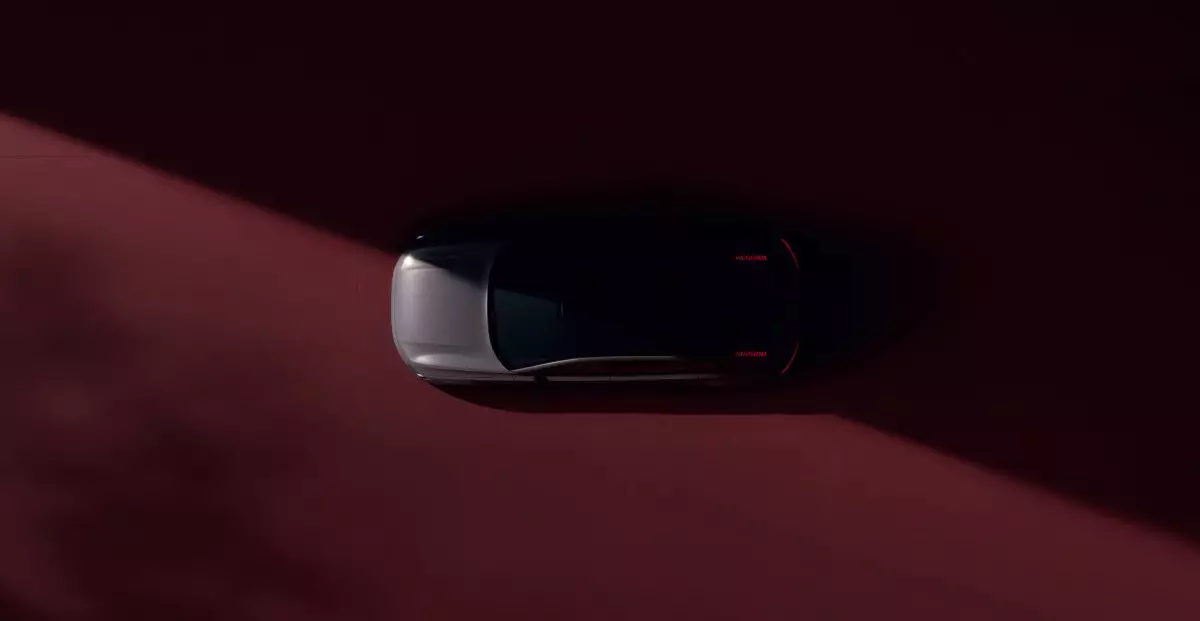Volvo has consistently positioned itself as a forward-thinking automotive manufacturer, and the announcement of the ES90 midsized luxury sedan further demonstrates this commitment. Built on the innovative Superset technology stack, the ES90 promises not only to enhance driving comfort and safety but also to integrate advanced computing capabilities is regarded as unprecedented in the realm of electric vehicles (EVs). As the automotive industry evolves, so too must the vehicles at its forefront, and the ES90 seems well-prepared to lead the charge.
At the heart of the ES90’s development is Volvo’s Superset technology stack. This encompasses all the modules and functionalities that Volvo intends to utilize across its future lineup. By applying a unified technological vision, Volvo aims for seamless integration of features that enhance the driving experience and ensure high levels of safety. The Superset foundation is indicative of a holistic approach to modern automotive engineering, placing innovation as a priority, and enabling the vehicle to evolve with software updates that can introduce enhanced capabilities over time.
The ES90 also features a dual Nvidia Drive AGX Orin system—an impressive feat that positions the sedan as a technological powerhouse. Claiming to be the “most powerful car Volvo has ever created,” this dual-chip configuration allows the ES90 to perform a staggering 508 trillion operations per second (TOPS). Such processing power is not simply a benchmark; it is essential for the efficient functioning of state-of-the-art active safety features, advanced sensors, and proficient battery management systems. As the demand for sophisticated automotive tech continues to rise, a robust computational capacity is no longer optional; it is necessary.
Safety and performance are crucial aspects of any vehicle’s success, and Volvo appears committed to leading in these domains. The Orin system offers an eightfold increase in processing capabilities compared to its predecessor, the Xavier computer, which was first introduced during Volvo’s collaboration announcement with Nvidia in 2018. This significant leap in processing ability enables the ES90 to refine its deep learning models and expand its neural networks from 40 million parameters to an astonishing 200 million. This added depth not only boosts performance but also intensifies the car’s cognitive functions, which are pivotal to advanced driver-assist technologies.
In a sector increasingly inundated with competition, particularly from technologically savvy competitors like Tesla, Volvo aims to maintain its competitive edge by providing features that can improve over time. Through over-the-air software updates, both the ES90 and its predecessor, the EX90, can receive updates that enhance their functionalities, ensuring that they remain at the forefront of automotive technology long after their initial purchase. This dynamic approach is a clear acknowledgment that vehicles in the 21st century must be adaptable and responsive to user needs and technological advancements.
Volvo’s entry into the electric luxury sedan market with the ES90 is a strategic response to the growing demand for sophisticated, eco-friendly vehicles. The brand’s ambition to create a modular platform that allows for ongoing improvements signals a shift in how manufacturers view vehicle lifecycles. As consumers become more aware of the environmental and technological implications of their automotive choices, the adaptability represented by vehicles like the ES90 is likely to resonate with an audience eager for innovation coupled with responsibility.
Anders Bell, Volvo’s chief engineering and technology officer, articulated the strategic vision behind the ES90, highlighting its potential as one of the most technically advanced cars available today. The accurate execution of this vision relies not only on the technology stack but also on the company’s ability to meet the evolving expectations of drivers in terms of safety, environment, and user experience. In a time where technological capabilities are evolving rapidly, the ES90 stands poised to carve out its niche in the electric vehicle landscape, setting a benchmark for what consumers can expect from their luxury sedans in the near future.
The ES90 isn’t just a car; it’s a harbinger of a future where automotive performance, safety, and technology are inextricably linked, presenting a compelling narrative in the ongoing evolution of the electric vehicle market. As Volvo continues to push boundaries, it reaffirms its place as a leader in automotive innovation.


Leave a Reply